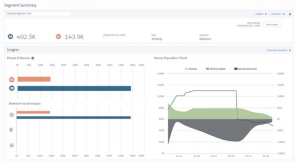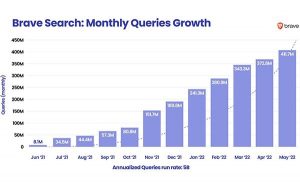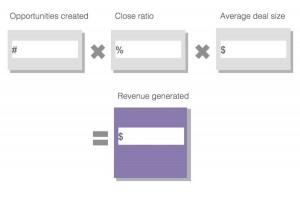First coined in 2006, the freemium business model has skyrocketed in popularity over the last decade. The simple premise, free content supplemented by optional “premium” goods or services, has been a catalyst to success for a litany of organizations from Spotify to Dropbox. Even Microsoft is trying their hand at the model. But while the concept itself is straightforward enough, perhaps it is time we as an industry refine the definition so that customers and providers are all on the same page, and we all can gain the maximum benefit from the model.
One thing freemium should not be is a “demo in disguise.” Too often we see the free part of a freemium product so limited that it is little more than a non-expiring demo version with almost no value. Rather, the free portion should be capable of standing on its own as a legitimate product. For example, if a company is selling software as a service, as mine does, they will need to plan for an infrastructure which can support the growth that a useful free product is likely to enjoy. In addition, that company should provide a ground level of technical support so as not to leave its free customers stranded. Free customers lead to paid customers, so they need to be happy, too.
So, how can a business do this and earn a profit, when typically only 1-5% of your customers are paid subscribers? The answer is in the overall number of users you’re serving – paid or not – and being able to serve them well.
Caveats of supporting this population of users
There are a few key elements to supporting a massive user base, especially when the majority of them are not paying. I’ve outlined what I have found to be the most critical in my own experience.
Design for scalability from the start. Make sure you can load balance your servers. Load balancing solutions from companies like Array Networks and KEMP Technologies allow you to start small and increase support based on need. Also consider backup and failover plans capable of handling huge amounts of data. Give full consideration to issues like partitioning and sharding – a type of database partitioning that separates very large databases the into smaller, faster, more easily managed parts called data shards – when you design your database, and pretend that you will have a million more customers than you actually will on day one. Fortunately, the big players in cloud services like Amazon and Microsoft now make this easy to do – even for small startups.
Your product pitch has to be crystal clear. No matter how high-concept your premise is, simplify the language as much as possible. People spend less than on a minute on average on the landing or account creation page, so if at any point during the initial adoption phase something doesn’t make sense, you risk losing that potential user. This also translates well to online marketing campaigns, where you might only have a few seconds to generate interest. Jonathon Long, the founder and CEO of Market Domination Media, recently provided some great tips for increasing conversion rates.
The more user-friendly, the better. In an ideal situation, your service will be used by upwards of a million consumers, each with different habits and styles. Your service must be easy to navigate and as intuitive as possible, so consumers can easily educate themselves on how to best make use of it (as opposed to needing a training session to get started). Create an easy path for user feedback and have a plan to rapidly resolve any common issues. Even if it is not feasible to have an individualized response to all free users’ tech support cases, provide template answers to common questions and let them know that real bugs are being addressed.
Above all else, users need to see results almost immediately. With a free product, you don’t really have a trial period. Because they are not paying for the service and therefore have no financial attachment, if the value isn’t evident in the first 15 minutes they will see no reason to continue using it.
Models with benefits
Although scaling a product to handle a massive number of non-paying users comes with its challenges, it also has unique benefits. In fact, you could say the freemium model reverses the basic formula of success. Until now, a great product would attract millions of users, rather than millions of users leading to a great product. However, a large consumer base allows for the organic evolution of the product based on feedback. New features can be developed from a well-managed feedback infrastructure, so the growth of the service is directly linked to the wants and needs of the consumer. This will also allow you to add new premium features based on user feedback, creating a revenue outlet.
Additionally, the data you collect can be important beyond product development. Your large consumer base will allow you to collect terabytes of data, which has value on its own. For example, you can leverage your platform to survey users on relevant topics based on the nature of your product. In our case, as an employee monitoring service, we can ask managers if they view a certain website as productive or unproductive, and by sharing the findings with other managers we become a resource.
Do your homework
Just because others have found success using the freemium model, that is no guarantee your company will see the same results. Extensively research case studies and consult resources to make sure that this model is the right fit for your platform. By putting in the effort and matching that with these tips, you put yourself in the best position to see the end numbers you’re looking for.
(206)






